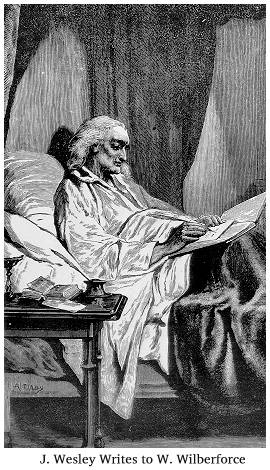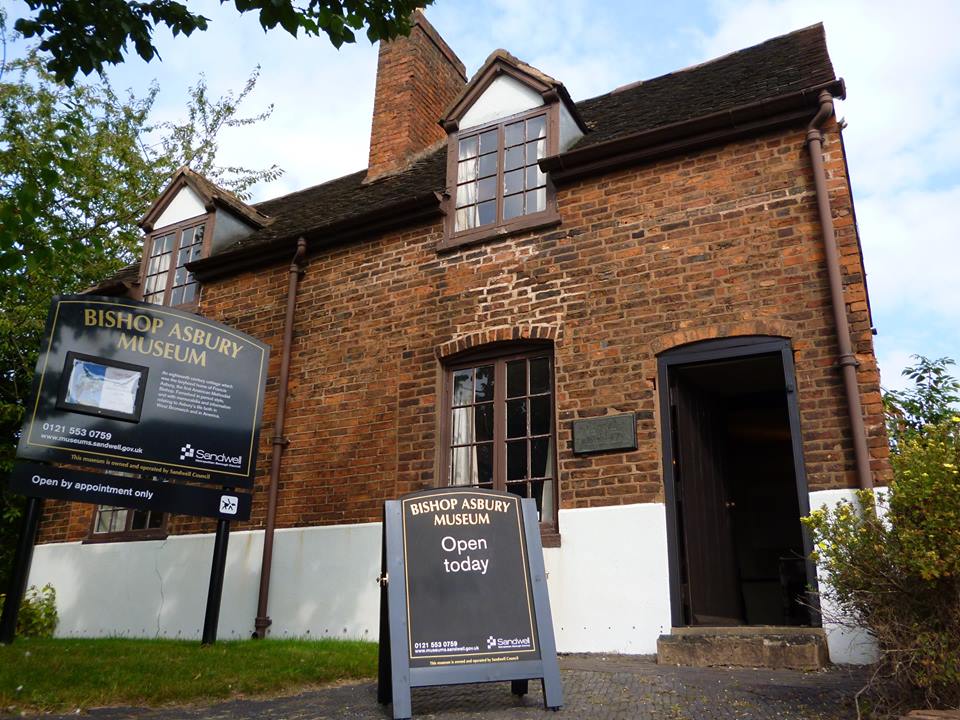
On the small landing place near the mouth of the river Avon, a stone memorial marks the place where Francis Asbury set sail for America on the 4th September 1771, his journal records that he arrived in Philadelphia on Sunday October 27, 1771. When Asbury landed there were only 600 Methodists in America Within days, he hit the road preaching but pushed himself so hard that he fell ill that winter. This was the beginning of a pattern: over the next 45 years, he suffered from colds, coughs, fevers, severe headaches, ulcers, and eventually chronic rheumatism, which forced him off his horse and into a carriage. Yet he continued to preach.As other clergy returned to England during the American War of independence, Asbury remained, remaining politically neutral. To avoid signing an oath disclaiming his allegiance to England and to dodge the American draft, he went into hiding for several months. "I am considered by some as an enemy," he wrote, "liable to be seized by violence and abused." By war's end, he had retained his credibility with the victorious Americans and was able to continue his ministry among them.Thomas Coke followed a few years later in 1784
 When John Wesley ordained Thomas Coke as Wesley's American superintendent. Coke, in turn, ordained Asbury at the famous Baltimore "Christmas Conference" of 1784, which gave birth to the American Methodist Episcopal Church. On Christmas Day, Asbury was ordained a deacon, the following day, an elder, and on December 27, a superintendent (against Wesley's advice, Asbury later used the term "bishop"). As Coke put it, "We were in great haste and did much business in a little time." Within six months, Coke returned to England, and thereafter, Asbury held the reins of American Methodism.
When John Wesley ordained Thomas Coke as Wesley's American superintendent. Coke, in turn, ordained Asbury at the famous Baltimore "Christmas Conference" of 1784, which gave birth to the American Methodist Episcopal Church. On Christmas Day, Asbury was ordained a deacon, the following day, an elder, and on December 27, a superintendent (against Wesley's advice, Asbury later used the term "bishop"). As Coke put it, "We were in great haste and did much business in a little time." Within six months, Coke returned to England, and thereafter, Asbury held the reins of American Methodism.
Celebrations to mark Asbury 200 were held over the weekend 3 & 4th September. Including a pilgramage from the New Room on Sunday 4th September.
















































